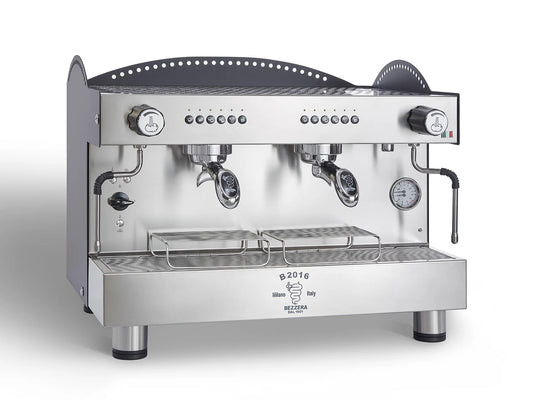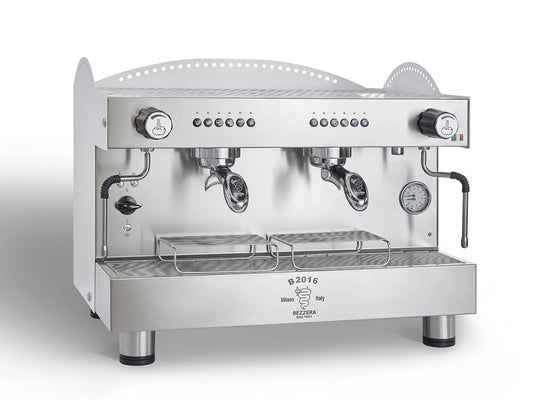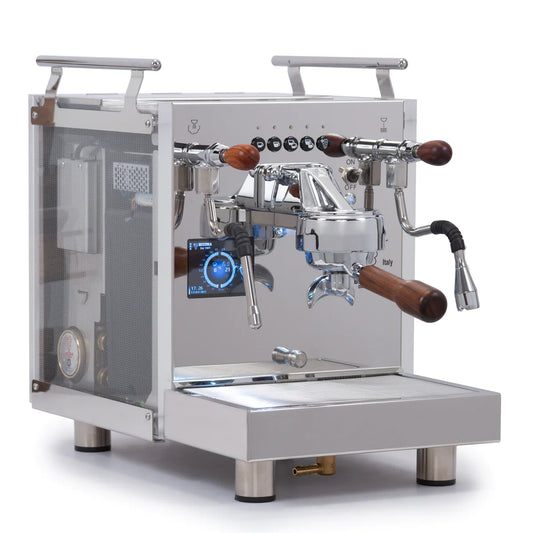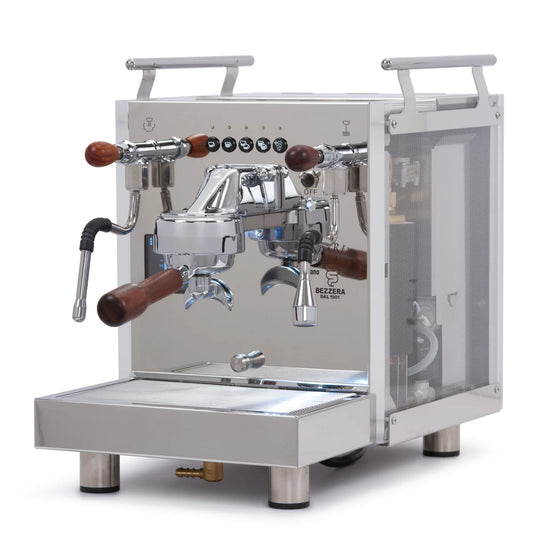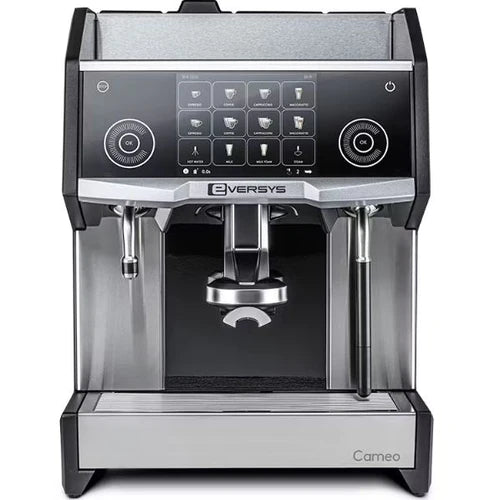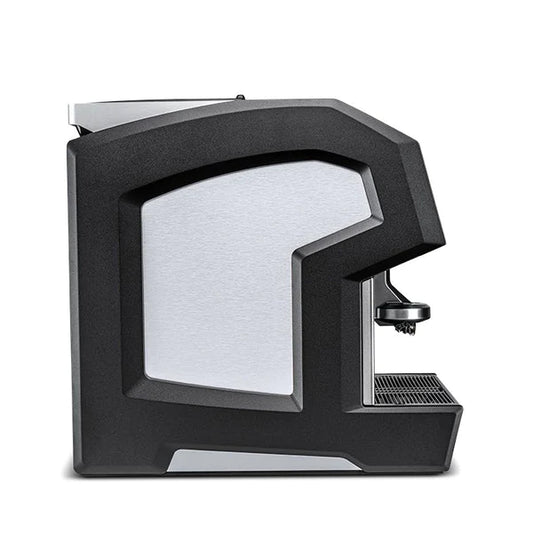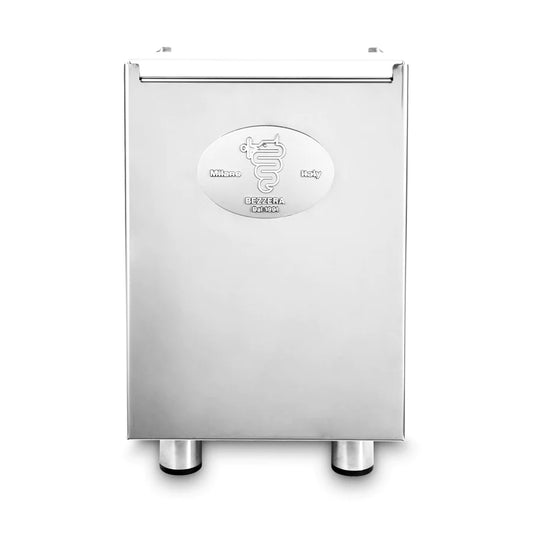Rediscovering the Percolator: The Vintage Coffee Brewing Method Making a Stir
Table of Contents
- Key Highlights:
- Introduction
- The Mechanics of Percolation: How It Works
- A Journey Through Time: The Rise and Fall of the Percolator
- Brewing with a Purpose: When to Use a Percolator
- Modern Alternatives: The Taste Test
- The Nostalgia Factor: Why Certain Brews Resonate
- Rediscovering Flavor with the Percolator
- Conclusion
Key Highlights:
- The percolator, a popular coffee brewing method in the early 20th century, is known for producing a distinctly strong but often inconsistent brew that differs significantly from modern brewing methods.
- Despite its decline in popularity due to bitter and over-extracted coffee, there is a growing nostalgia for percolators, with some suggesting a potential resurgence in their use for certain situations, such as camping.
- Understanding the mechanics of percolation can help coffee enthusiasts appreciate its unique flavors and reconsider its place in their brewing toolkit.
Introduction
In a world saturated with advanced coffee technology—from high-tech espresso machines to single-serve coffee pod brewers—the vintage coffee percolator stands as a nostalgic relic of culinary history. Once the go-to method for brewing coffee in American households throughout the 20th century, its use has significantly waned, overshadowed by more convenient, consistent methods. Yet, the percolator, with its mechanical charm and robust flavor profile, continues to captivate a niche audience who appreciate both its simplicity and the nostalgia it evokes. This article delves deeply into the percolator's functionality, its rise and fall in popularity, and its current status in the brewing community, offering insights into whether it deserves a place in today's kitchens.
The Mechanics of Percolation: How It Works
To fully appreciate what makes percolated coffee unique, it is essential to understand the brewing process itself. At its core, the percolator utilizes a simple principle of physics involving heat and pressure to extract flavor from coffee grounds.
The process begins with the lower chamber of the percolator filled with water, which is heated on the stovetop or by an electric source. As the water heats up, steam and increased pressure force the water up a tube leading to a filter basket containing coffee grounds. The hot water then saturates the coffee grounds before flowing back down into the lower chamber, repeating the cycle multiple times.
This continuous circulation causes the coffee to steep and become more concentrated over time, ultimately reaching a point of desired strength. However, this method often results in over-extraction, leading to unwanted bitterness and a less nuanced flavor compared to other brewing methods that involve gentler processes.
The distinct taste of percolator coffee can be generalized as robust, gritty, and occasionally bitter, which may appeal to some but deter others seeking subtlety in their brews.
A Journey Through Time: The Rise and Fall of the Percolator
The coffee percolator gained immense popularity in the United States during the late 19th century and into the mid-20th century. It emerged as a practical solution for brewing coffee in homes, diners, and during social gatherings. Before the advent of electric drip coffee makers which began to dominate the market in the late 1970s, percolators were a staple in many American households.
As coffee culture evolved, particularly with the rise of specialty coffee in the 1990s and early 2000s, the percolator fell out of favor. Coffee aficionados began to prioritize the quality of coffee extraction, leading to a preference for methods that provided greater control over brewing variables, such as temperature and time. Techniques like the French press, pour-over, and espresso machines started to reign supreme, offering a cleaner, more consistent cup.
However, nostalgia often plays a powerful role in consumer behavior. Recent trends suggest that some people are interested in revisiting traditional methods, including brewing techniques from their childhood or earlier generations. This shift has sparked conversations around the potential resurgence of the percolator, especially among outdoor enthusiasts who appreciate its durability and the unique flavor it can impart.
Brewing with a Purpose: When to Use a Percolator
As certain traditional methods gain traction, it’s worth considering scenarios in which a percolator may shine. Camping trips represent an ideal situation for utilizing a percolator due to its simplicity and robustness. Constructed primarily from stainless steel, many percolators are designed to withstand outdoor cooking conditions without the need for fragile electrical components.
Moreover, if one appreciates a strong coffee that can stand up against the great outdoors, a percolator could become a go-to device. The ability to adjust the strength of the brew by varying heating time allows users to achieve a strong caffeine fix, particularly appealing in the context of outdoor adventures where convenience and efficiency are paramount.
However, it's crucial for potential users to remain aware of its inconsistencies. Overbrewing can lead to bitterness, while underbrewing results in weak coffee. Such variables can be tricky to navigate without a little experience and intuition.
Modern Alternatives: The Taste Test
In reflecting on the coffee landscape and the percolator, it’s essential to examine how it compares against other brewing methods. Let's explore a few popular alternatives to better contextualize its place in today’s brewing world.
Drip Coffee Makers
Drip coffee makers, which rely on gravity to extract coffee via filtered brewing methods, have largely taken over coffee preparation in American homes. The precision with which these machines regulate water temperature and allow the grounds to steep leads to a far more nuanced flavor. Not only are they versatile for making multiple cups, but drip makers allow users to control strength through coffee-to-water ratios without the risks associated with over-extraction found in percolators.
French Press
The French press, known for producing a full-bodied cup of coffee, allows the coffee to steep for an extended period and is celebrated for its rich flavor. Unlike the percolator’s boil-and-bounce method, the French press involves steeping the grounds directly in hot water, offering a different experience and avoiding the bitterness associated with over-extraction.
Moka Pot
The moka pot offers a vintage aesthetic akin to the percolator, but it uses steam to create pressure, producing a concentrated coffee resembling espresso. This method allows for a smoother flavor with subtler nuances, making it a favorite among coffee lovers who appreciate both tradition and quality.
The Nostalgia Factor: Why Certain Brews Resonate
As society becomes more integrated with technology, a resonant trend is emerging: the desire to return to simpler times by embracing nostalgia. For many, the percolator evokes memories of family gatherings and cherished moments around the breakfast table, reinforcing its sentimental value.
Such emotional connections are powerful, driving enthusiasts to share their experiences and promote the percolator as a retro artifact that deserves parallel attention with modern gadgets. As consumers increasingly seek authenticity and storytelling in their culinary choices, the percolator's vintage allure becomes noteworthy.
Rediscovering Flavor with the Percolator
While many may argue that technology’s advancements have rendered the percolator obsolete, there remains an opportunity for this brewing method to be celebrated in its own right. The charm and simplicity associated with the percolator create a distinct identity that resonates with those yearning for a connection to the past.
Moreover, the exploration of coffee flavor profiles through different brewing techniques is at the heart of the coffee lover’s journey. Understanding the specific attributes of percolated coffee can enhance appreciation among both casual drinkers and aficionados alike. Embracing the potential complexity that arises from this seemingly straightforward brewing device could open doors to a richer coffee experience.
Conclusion
As coffee culture continues to evolve, the percolator stands firm as a symbol of tradition amidst a plethora of modern innovations. Its unique brewing style offers an opportunity for experimentation and nostalgia, appealing to a growing audience of sensory enthusiasts eager to uncover its potential.
In the hands of someone willing to navigate its quirks, the percolator can yield a memorable cup of coffee, evoking warmth and connection, not just through flavor, but through shared stories and experiences that echo through generations.
FAQ
What is a percolator? A percolator is a type of coffee brewing device that circulates boiling water through coffee grounds multiple times until the desired strength is reached, known for its robust and often inconsistent brew.
Why did percolators fall out of favor? Percolators lost popularity primarily due to their tendency to produce bitter coffee and the emergence of more convenient and consistent brewing methods like drip coffee makers and French presses.
Is the percolator making a comeback? Some enthusiasts and outdoor adventurers are revisiting the percolator for its nostalgic appeal and practicality in camping and outdoor settings, but it remains a niche choice among coffee drinkers.
How do I brew coffee using a percolator? To brew coffee with a percolator, fill the bottom chamber with water, add coffee grounds to the filter basket, heat, and let the water rise through the tube in cycles until the coffee reaches the desired strength. Adjusting brew time will influence flavor.
What other brewing methods should I consider? If nuanced flavor and consistency are priorities, consider exploring drip coffee makers, French presses, or moka pots as alternatives to the percolator for a different coffee experience.

